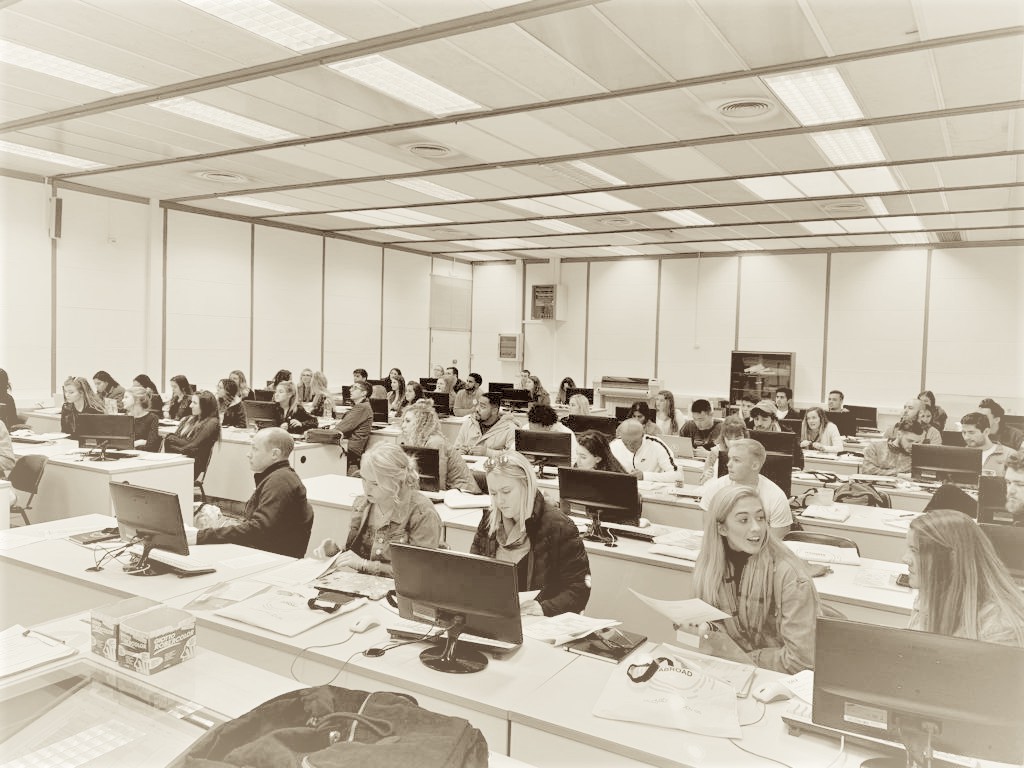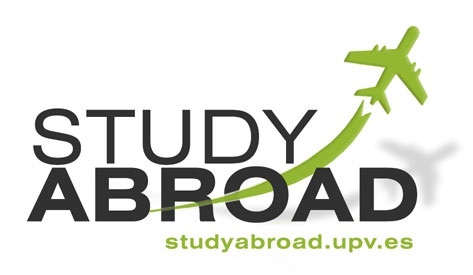
|
|

• Attendance
• Assessments
• Sexual Harassment Policy
• Students With Disabilities
• Academic Honesty Policy
• University Ombudsman
• Statement On Audio And Video Recording
• Syllabus Change Policy
(MATH) Applied linear algebra
4 Credits | 0 Level | 50 Contact hours
Course content is drawn from Matrices and Geometry written by Bill Davis,
Horacio Porta and Jerry Uhl ©2006‐2010
This is an introductory course emphasizing techniques of linear algebra with
applications to engineering. Topics for this course include matrix operations,
determinants, linear equations, vector spaces, linear transformations, eigenvalues
and eigenvectors, inner products and norms, orthogonality, equilibrium, and
linear dynamical systems.
After completing this course a successful student will be able to understand and
apply the topics listed above. He/she will also be able to apply numerical,
computational, and estimation techniques. Through exploration, a successful
student will be able to use matrices to model and analyze physical phenomena.
He/she will also have the necessary tools to formulate and solve problems in
mathematical situations and connect concepts to other disciplines.
Most importantly, a student completing this course will be able to communicate
ideas through descriptive language as well as mathematical symbols.
A brief outline of topics for this course appears below:
• Perpendicular Frames
o Vector operations and dot product
o Hanging and aligning curves in 2D and 3D space
o Area, Volume, and cross product
• 2D Matrix Action
o Identity and Stretching matrices
o Matrix rotations and operations
o Using hangers, stretchers, and aligners to create matrices
o Positive definite, reflection, inverse, and transpose matrices
• SVD Analysis of 2D Matrices
o Inverting a 2D matrix
o Rank of a matrix and properties of the determinant
o Cramer’s Rule
• 3D Matrices
o Finding rank, determinants, and rotations
o Using SVD analysis to invert a 3D matrix
o Matrices for bouncing light rays off surfaces
o Gaussian elimination and reduced row echelon form
• Ill-conditioned Matrices and Roundoff
o Principal Component Data Analysis via SVD
o Creative rounding of matrices and image compression
• Properties of Matrices
o Subspaces and spans
o Linear independence and dimension
o Orthonormal bases
• Eigensense
o Diagonalization of a Matrix
o Properties of eigenvalues and eigenvectors
o Dynamical systems
• The Spectral Theorem
o Applications of the Spectral Theorem
o Gradient vectors
• Function spaces and Root-Mean Square Approximation
o Orthogonal sets of functions
o Fourier Approximations
o The Gram-Schmidt Process
Math 415 utilizes the CAS-ILE system. See https://cas-ile.illinois.edu/ for more
information. This online system helps students learn math topics through
dynamic exploration and visualization.
Exams for Math 415 are taken with pencil and paper.
|
